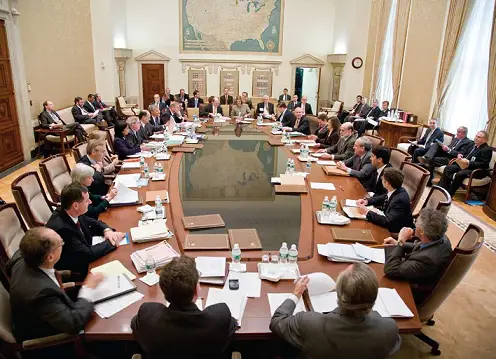On Thursday, James Bullard, president of the Federal Reserve Bank of St. Louis, said that it is possible the Federal Reserve will have to raise interest rates much higher than has been previously projected.
His comments precipitated an immediate drop in the market as investor fear of a market slowdown and heightened risk of recession provoked a move out of equities. The S&P 500 ended down 0.3%.
Bullard’s comments come on the heels of similar comments by other policymakers at the central bank noting that they are not seeing the clear and convincing evidence of a retreat in inflation which would be required to begin easing monetary policy. Bullard’s views were particularly concerning however, due to his position as a voting member of the Fed’s rate-setting committee this year.
He noted that the key short term interest rate “has not yet reached a level that could be justified as sufficiently restrictive. To attain a sufficiently restrictive level, the policy rate will need to be increased further.”
The Fed’s goal is to raise borrowing rates, which will slow economic growth and reduce job openings. That will slow wage growth, and that reduced wage growth will slow inflation.
The Fed has implemented four consecutive 75 basis point hikes at its last four meetings, making it the fastest series of rate hikes since the early 1980’s. That has raised the key rate from nearly zero in March to the highest it has been in 15 years, at 3.75%-4%.
Bullard implied the peak rate may now have to rise to a level between 5% and 7% in order to effectively reduce inflation, which remains near a 40-year high. He noted, however that if there were signs of inflation cooling in the immediate future, that might not be necessary.
President of the Cleveland Fed Loretta Mester one of the more hawkish policymakers, gave her own speech Thursday which echoed many of Bullard’s key points, noting the Fed is “just beginning to move into restrictive territory.”
Not all Fed officials are sounding hawkish in their statements. The more dovish Fed Vice Chair Lael Brainard, in statements Monday said that the Fed had already elevated rates to a level which was restraining growth, although he acknowledged the bank would need to raise them still higher to move “further into restrictive” territory.
The president of the Kansas City Fed, Esther George said Wednesday that she felt a recession was likely due to the speed with which the Fed had tightened credit. She added, “I have not in my 40 years with the Fed seen a time of this kind of tightening that you didn’t get some painful outcomes.”
Most experts expect the next Fed meeting in December will produce a 50 basis point rate hike, which would be seen as a step down from their previous 75 basis point hikes. However officials have been attempting to drive home that just because the rate hikes will diminish in size, does not mean the Fed is going to turn more dovish on its policy. However that dovishness has limits.
As San Francisco Federal Reserve president Mary Daly said Wednesday, “Pausing is off the table right now — it’s not even part of the discussion.”

